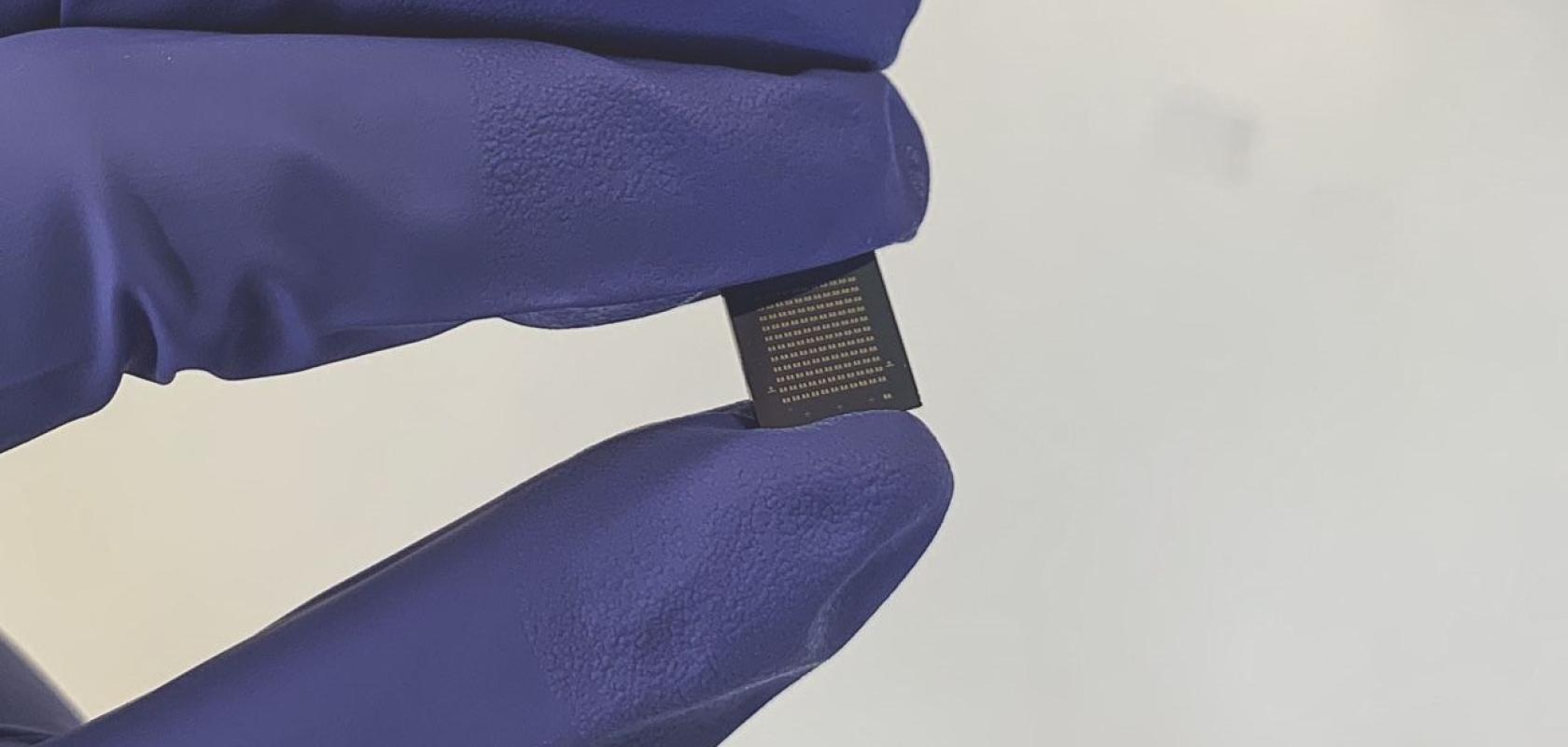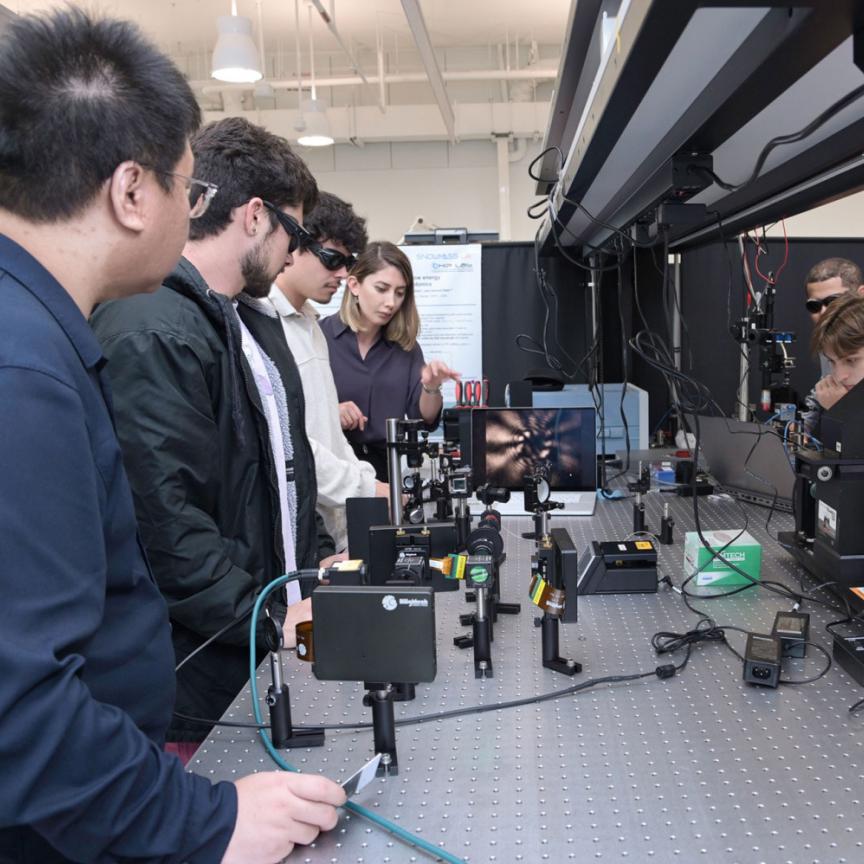Researchers have developed an ultrafast computing processor that wields different polarisations of light to maximise information storage density and computing performance.
The work, carried out at the University of Oxford, has been published in Science Advances.
Since the invention of the first integrated circuit in 1958, packing more transistors into a given size of an electronic chip has been the go-to means of maximising computing density – the so-called ‘Moore’s Law’.
However, with artificial intelligence and machine learning requiring specialised hardware that is beginning to push the boundaries of established computing, the dominant question in this area of electronic engineering has been how to pack more functionalities into a single transistor.
For over a decade, researchers in Professor Harish Bhaskaran’s lab in the University of Oxford’s Department of Materials have therefore been looking into using light as a means to compute.
Wielding polarisation
In the same way that different wavelengths of light do not interact with each other, different polarisations of light do not interact. Each polarisation can therefore be used as an independent information channel, enabling more information to be stored in multiple channels, hugely enhancing information density.
In collaboration with researchers from the University of Exeter, the Oxford team has developed a hybridised-active-dielectric nanowire using a hybrid glassy material that shows switchable material properties upon the illumination of optical pulses. Each nanowire shows selective responses to a specific polarisation direction, so information can be simultaneously processed using multiple polarisations in different directions.
The new processor can process information simultaneously using multiple polarisations in different directions. (Image: University of Oxford/June Sang Lee)
‘We all know that the advantage of photonics over electronics is that light is faster and more functional over large bandwidths,’ said June Sang Lee of the University of Oxford’s Department of Materials, and first author on the Science Advances paper. ‘So, our aim was to fully harness such advantages of photonics, combining them with a tunable material to realise faster and denser information processing.’
Using this concept, the researchers have been able to develop what they say is the first photonic computing processor to utilise different polarisations of light. Photonic computing is carried out through multiple polarisation channels, leading to an enhancement in computing density by several orders compared to that of conventional electronic chips. The computing speeds are faster because these nanowires are modulated by nanosecond optical pulses.
‘This is just the beginning of what we would like to see in future, which is the exploitation of all degrees of freedoms that light offers, including polarisation to dramatically parallelise information processing,’ said Professor Bhaskaran, who led the work. ‘Definitely early-stage work, but super exciting ideas that combine electronics, non-linear materials and computing. Lots of exciting prospects to work on which is always a great place to be in!’
Next step: integration
Looking forward, in order to transform this technology into a traditonal chip format, further integration first needs to take place.
'There are only a few companies actively making computers using photonics processors,' Lee told Electro Optics. 'One of the main requirements here is to actually integrate everything onto a chip – the lasers, photo detectors and all the waveguides. With our work being very early stage, what we have done so far is actually based on a microscope setup – we use a microscope to send the light into our device, with the material state switching going on in the nanowires. Eventually we are looking to make this system more integrated so then it can be easily scaled up and then even potentially mass produced. We are also expecting other researchers to pursue similar integration efforts based on our work. That way we can create an integrated photonic processor on a single chip – as is seen in electronics – using our polarisation-selective system as an active element. That's what we're looking for, however it’s quite far away from where we are now.'
Lee referenced Ligthmatter, a startup that earlier this year raised $105M to build AI computers using silicon photonics: ‘These computers will use photonics chips to transfer data using light rather than electronics – data bits are created using photonic states. So that's the sort of level we are looking to get to eventually, however photonic computing itself is still at an early stage. We cannot beat silicon electronics yet, because, of course, it's already an advanced and fully mature technology. However, that’s the stage we’ll eventually be looking to get to.
'If we compare with other core computing processers such as those from Google or Nvidia, our chip's computing density is found to be several orders higher compared to theirs, although this is just our current estimation, so much more investigation is needed to verify this experimentally. However, if we only look at the concept, the computing density is several orders higher than those of today's electronics.'


